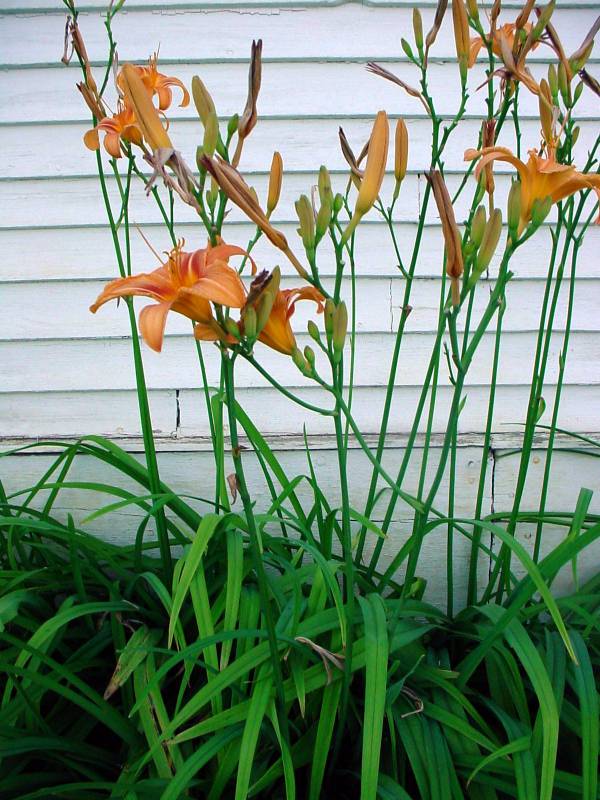Hosted by the University of Washington Herbarium, Burke Museum
Publication: Sp. Pl., ed. 2. 1: 462. 1762.
Origin: Introduced from eastern Asia
Herbarium search: CPNWH
Notes: This species is known in WA from a single specimen collected in Seattle. Additional documentation is needed to confirm that this species is established in the flora.
FNA26: "Following an earlier European introduction from Asia, Hemerocallis fulva was brought to North America in the seventeenth century. This commonly cultivated daylily, the wild type, is distinguished as cultivar "˜Europa\\' Stout and is a self-sterile triploid producing no seed. Essentially, it is a large, complex clone. Plants persist from cultivation or have arisen from root or rhizome fragments, which are capable of plant regeneration. Cultivar "˜Kwanso\\' Regel, another ancient garden selection, persists in many areas along with the wild type and has fully doubled flowers. In eastern Asia, both diploids and triploids occur in the H. fulva complex and have been the basis for extensive breeding and tetraploid cultivar selection (A. B. Stout 1934)."
Last updated 3/16/2023 by David Giblin.

